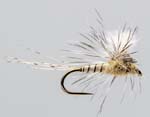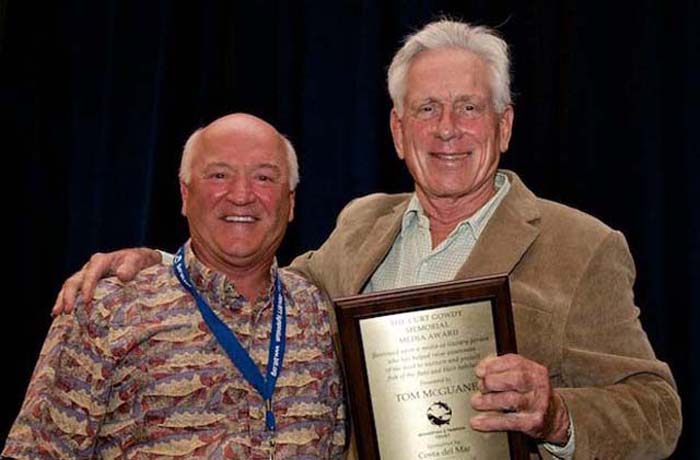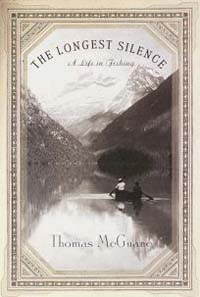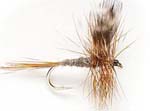There is nothing better than a short story by McGuane

Henry
By Henry Clement
Short story writers’ books, novellas, and essays in the genre of the out-of-doors always find my doorstep. This is especially true if their messages are about fishing, particularly fly fishing.

Calibaetis spinner.
En mi casa, Jim Harrison’s and Thomas McGuane’s books never seem to need dusting, according to Debbie, who helps with house cleaning. They are always open to a page on the floor by my bed or beside a chair I share with Mr. Larry, a stray ginger-colored cat of unknown vintage who thinks I’m his purring pillow.
The book
The Longest Silence’s chapter on fly tying is a classic. Its title is commonplace, Tying Flies, and it is one of 33 stories in that famous book of fly fishing musings.
My association with McGuane’s characterizations of fly tyers is because of my dedication as a “Ten Thumbed” assembler of fur and feathers. A title bestowed on me by Hughie McDowell, New Zealand’s legendary fly tying, fly casting instructor, and fly fisherman. And because of being a contrarian – convinced that I could find a cure for “the” fly – thus falling into the “Defiant” category.
McGuane’s Tying Flies – excerpt:
There are several schools of fly tying: traditional, imitative, defiant, and autobiographical. Traditional tying produces a fly that is usually a generalist pattern and has a more excellent pure aesthetic component than those of my arbitrarily named categories. Some of these high-concept flies, like other aesthetic ideas of their day, have gone into an appropriate eclipse: the Parmachene Belle, Queen of the Waters, even the royal coachman, as well as the elaborate salmon flies of the past that are now enjoying a resurgence but only as objects for display. In their prime, with ingredients drawn from the most recondite corners of the British Empire, they were the equivalent of Victorian architectural follies, far removed from their origins in utility. Other traditional flies have restraint and beauty that makes them undiscardable: the Adams, the Quill Gordon, the Hendricksons, the Cahills, all remain useful and pretty . . .”
Adams.
“ . . . The imitative school is looking for truth and often overshoots the mark. Fish are suspicious of perfect imitations of the natural. To some anglers like me, this quest to copy is not an interesting idea and may remind one of those superior grade-school companions whose model airplanes made one’s efforts such objects of ridicule. Nevertheless, there is a passionate coven of fly-tyers using all the material the space age offers to make astonishing replicas of what fish eat. It would seem that if some canny manufacturer succeeded in making plastic copies of blue-winged olives, pale morning duns, and calibers spinners – and if they can make such nice outfits for Barbie, what’s to stop them? – that something has been lost.”
My shrimp. Zorman illustration.
Featured Image: Bill Klyn (L), Bonefish & Tarpon Trust, presents author Tom McGuane with the Curt Gowdy Media Memorial Award at the Bonefish and Tarpon Trust’s 5th International Symposium—photo by Pat Ford.





